Bake Your Own European Cake
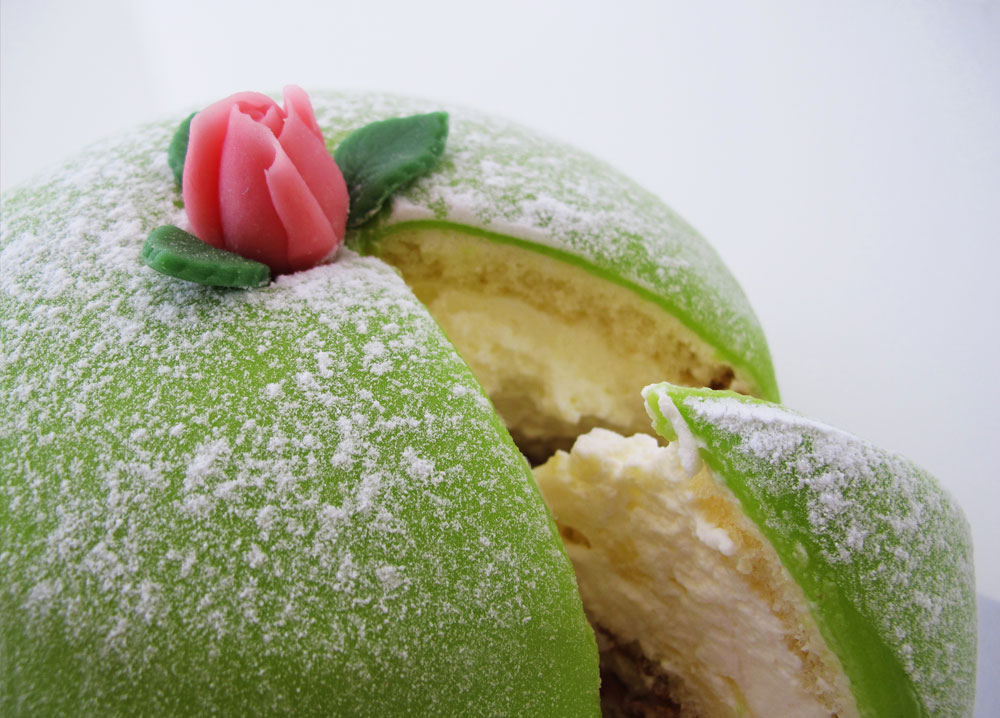
For those of you who are also feeling nostalgic about all the amazing European adventures last year and the year before, or maybe a decade earlier, but unable to jump on a plane and devour some of the delicious history, sights and cuisines of Europe, we are inviting you to dust off or challenge your baking skills at home, while in self-isolation.
Although we absolutely cannot stand not being able to travel, we’ve been feeling grateful for this opportunity to explore Europe without leaving home, trying new recipes of some of the traditional European cakes.
Sweeten up your days at home by exploring French, Austrian, Portuguese, Scottish and Swedish cakes culinary.
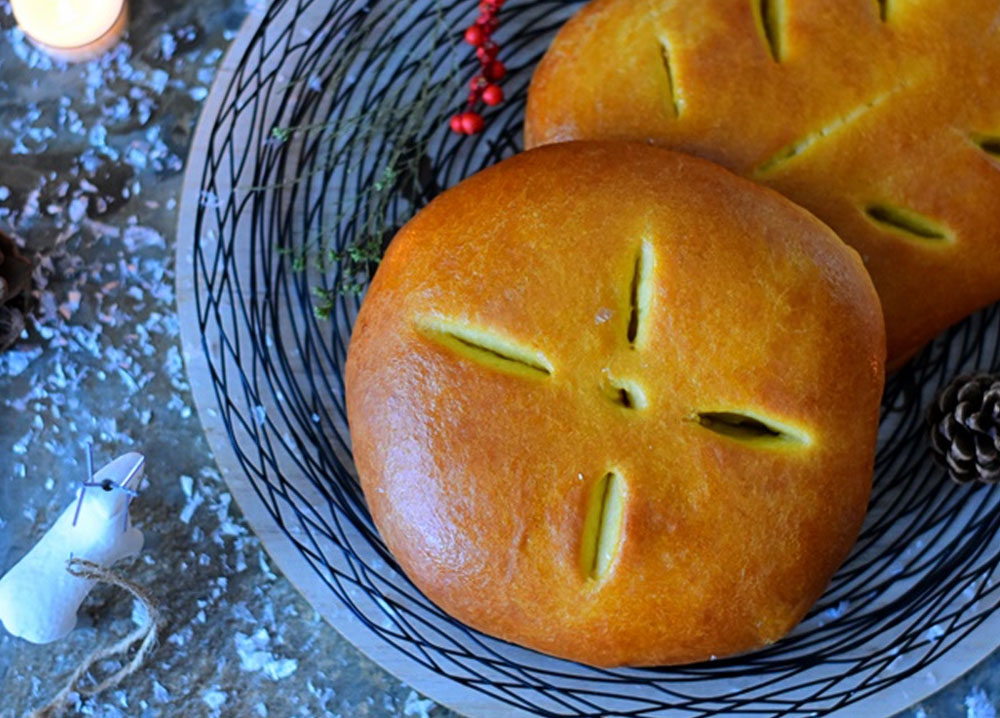
Pompe à l'huile
Pompe à l’huile is old, traditional dessert bread with a base of olive oil originating from the French region of Provence.
This delicious sweet bread is typically flavored with orange-blossom water and lemon zest. The cake is characterized by its intricate decorations resembling leaves and stars.
Pompe à l’huile is prepared on Christmas Eve and served as a dessert at the end of the Christmas meal, along with 12 other desserts, symbolizing Christ’s Disciples.
Ingredients:
500 g flour, 30g yeast, 100g sugar, ½ tsp salt, 3 tbsp orange flower water (use more or less depending on your tastes), 125ml olive oil, 1 lemon zest, 1 orange zest.
How to make it?
Preparation (keep in mind the 6-hour rising time): prepare the leaven and dough first – dilute the yeast in warm water with ½ tsp sugar and let stand 15 minutes. Put the flour and sugar in another bowl. Add oil, orange flower water, the zests and mix together. Add the yeast. Knead well. Roll the dough into a ball, put it into a bowl covered by a dish cloth and let it rise for 6 hours in a warm place.
Preheat the oven at 180°C, 550°F. Divide the pastry into two parts and roll each out into two discs 1 cm thick. Using a knife, make incisions in the surface of the pastry disk. Brush with egg yolk. Bake for 15 minutes or until golden and the size has increased.
Decorate your after dinner table tonight with this traditional French Christmas treat.
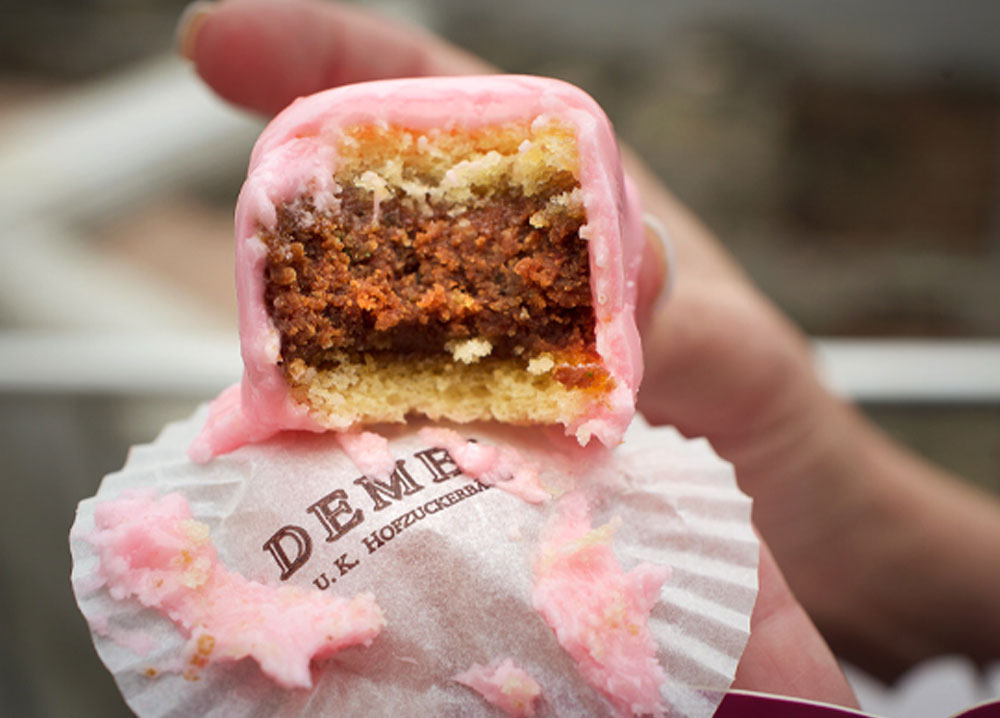
Punschkrapfen
No-one can resist a Punschkrapfen, or punch cake-hiding underneath the adorable pink fondant are cubes made from two rum-soaked biscuit sponges that have been layered with a combination of nougat and jam.
The delightful punch cake is a well-established regular amongst Austrian desserts and has sweetened many a coffee-time, particularly at Christmas – and this already for generations.
Today, these iconic Viennese cakes come in many shapes and sizes and are sold in pastry shops and bakeries throughout Austria.
Ingredients:
4 eggs, 120 g icing sugar, 1 pack of vanilla sugar, 1 pinch of salt, 120 g flour (coarse), 150 g chocolate (melted), 60 ml rum, 60 ml coffee, 100 g nuts (chopped), 50 g jam punch glaze.
How to make it?
Pre-heat the oven to 180°C/ 350 °F (fan oven).
To make the biscuit dough, whisk the eggs, sugar, vanilla sugar and a pinch of salt until frothy. Gradually fold in the flour. Spoon the mixture onto a baking tray lined with baking paper so it is approx. 1 cm deep. Bake for approx. 15 minutes and allow to cool.
Use a biscuit cutter to cut out circles. Cut the remaining dough into small pieces and mix this well with softened chocolate, rum, coffee and chopped nuts as well as the jam. Leave to stand for a few minutes.
Place a biscuit circle into a round ca. 5 cm deep biscuit cutter. Fill with the rum soaked sponge so it is approx. 3/4 full and then top with another biscuit circle. Carefully press out of the biscuit cutter and smooth the sides with pureed jam.
For an extra special effect, glaze with punch icing.
Create your own version of the traditional Punschkrapfen!
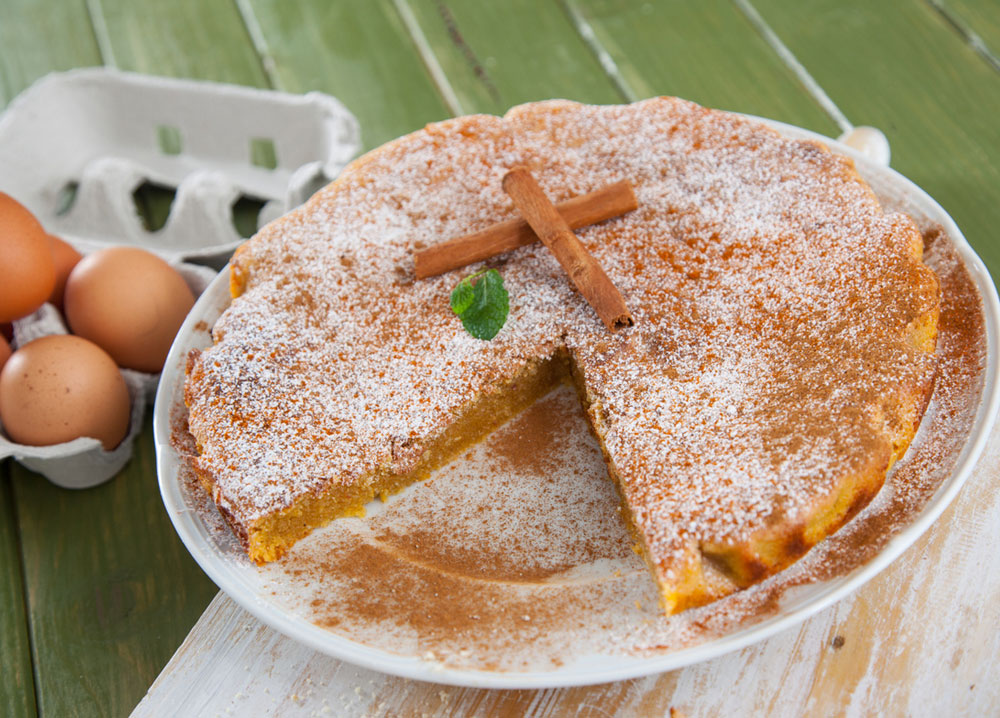
Toucinho Do Céu
Toucinho Do Céu, translated literally as Bacon from Heaven, is a delicious Portuguese Almond Cake originating in the Guimarães region of Portugal. This delicious sweetness was initially prepared at convents.
Most Portuguese desserts used egg yolks and sugar because the egg whites were used to clarify wine (like a filter), acting like a brush to sweep out impurities, especially back in the 18th century. The winemakers in the local region would save the yolks and give them to the nuns at the convents who make desserts which were sold, to raise money for the poor.
Today, there are different versions of this classic dessert sold in pastry shops all over Portugal. And you are welcome to experiment with it as well, adding your own flavour, based on your ancestry.
Ingredients:
This recipe serves 6 to 8 people: 1/2 cup water, 1 and 1/4 cups sugar, 1/8 teaspoon salt 1 and 3/4 cups (250g) ground almonds, skinless 4 tablespoons unsalted butter, at room temperature, plus extra for greasing the pan, 5 egg yolks, 2 whole eggs, 1 teaspoon almond extract (or Amaretto), 1 teaspoon orange zest, finely grated all- purpose flour, for dusting 2 tablespoons pork lard.
How to make it?
Pre-heat the oven to 180C. Line the cake mold with parchment paper. Grease with butter and dust lightly with flour. Bring the water, sugar, salt, and pork lard to a boil in a big saucepan. Add the ground almonds. Stir gently but constantly, over medium- low heat, until the almond mixture starts to thicken and you can expose the bottom of the pan by stirring, about 2 minutes.
Remove the pan from the heat and add the butter. Mix until the butter is melted and blended well. In a medium bowl, lightly whisk the yolks and eggs. Pour into the almond mixture and mix with a spatula. Add the amaretto and orange zest and stir well. Pour the batter into the prepared pan. Bake until the cake is firm in the center and the top is lightly golden brown, about 28-30 minutes (if you over bake it, the cake becomes chewy).
Remove the pan from the oven and let it cool. After the cake has cooled for about 20 minutes, invert the cake onto a platter. Lift off the pan, peel off the parchment paper, and invert the cake on a serving plate with the topside up.
Cut the cake into wedges. Serve at room temperature and enjoy!
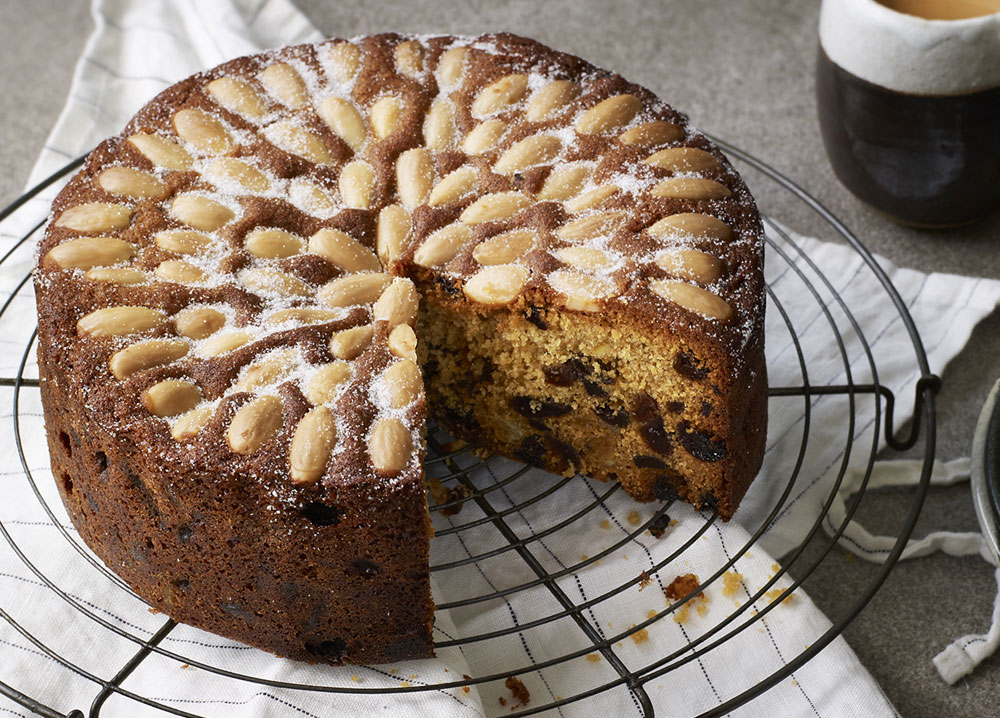
Dundee Cake
A traditional Dundee cake comes from Dundee, Scotland. This is a rich fruit cake, which really stands out amongst many others by circles of blanched almonds on the surface of the cake. You cannot miss or confuse it with anything else!
This almond-studded fruitcake is originally baked with cherries, sultanas, and candied peel. Interestingly, the cake is said to be first created by Keillers, the renowned marmalade makers from Dundee, who apparently found it convenient to bake cakes during the part of the year when they weren’t making marmalade, most likely to make use of the spare citrus peel.
Ingredients:
120g currants, 120g raisins, 100g glace cherries and 60g mixed peel, Grated rind of 1 orange, Grated rind of 1 lemon, 2 tablespoons whisky, 170g unsalted butter, 170g caster sugar, 4 eggs, 170g plain flour, 1 teaspoon baking powder, 1 teaspoon mixed spice 60g almond meal and 80g whole blanched almonds.
Both day and night, you can relax in the indoor Minerva Bath and open-air rooftop pool, and refresh your senses in the Wellness Suite, choosing from over 40 spa treatments and packages. This is an ultimate Christmas getaway in Bath!
How to make it?
- Place currants, raisins, cherries, peel and grated rinds in a bowl with the whisky, cover and set aside for 1 hour.
- Preheat the oven to 150°C, and line the base and sides of a 20cm spring form cake pan with baking paper.
- In a bowl of an electric mixer, cream butter and sugar until light, then add eggs one at a time, beating after each addition until well combined. Sift in flour, baking powder and spice and mix gently, then stir in the almond meal and dried fruit mixture (including whisky).
- Pour into the pan and bake for 1 1/4 hours. Remove and decorate the top with the almonds, then return to the oven for a further hour, or until a skewer inserted in the centre comes out clean. Cool before removing from the pan.
- Small slices of this sweet goodness will keep your sweet tooth at bay.

Prinsesstårta (princess cake)
A classic Swedish princess cake is one of the world’s most famous cakes. Most bakeries in Sweden produce their own version.
The recipe was first published in a 1948 edition of Prinsessornas Nya Kokbok, and it originally consisted of sponge layers coated in vanilla-flavored buttercream which were then topped with a thick layer of whipped cream and marzipan.
It is stunning and perfect for birthdays, celebrations, or any special occasion when you really want to show off your baking skills. Although this cake takes time to prepare, all of the elements can be made up before assembling.
The resulting cake is magnificent. It is as smooth and beautiful as any fondant- covered cake, but with a green marzipan exterior. It is as delicious as it is attractive.
Ingredients:
4 eggs, 1 cup (225g) sugar, 1/2 cup (62g) flour, 1/2 cup (80g) potato starch flour, 1 teaspoon baking powder and breadcrumbs.
For the assembly:
200 gram raspberry jam (good quality), 2 cups (480ml) heavy whipped cream, 10 ounces (300g) marzipan, green and yellow and red food coloring, powdered sugar for dusting, purchased marzipan rose and leaves for garnish or extra marzipan and red food coloring to make your own.
How to make it?
Preheat the oven to 175C. Butter a 2 liter round baking pan. Toss in plenty of breadcrumbs to cover the bottom and sides of the pan and shake them around to ensure all surfaces are covered.
Place the eggs and sugar in the mixing bowl and beat on high speed until light colored and fluffy. Blend the baking powder and the flour together, and carefully fold them into the egg and sugar mixture until it’s thoroughly blended.
Pour the batter into the prepared baking pan and bake in the lower portion of the oven, for about 40 minutes or until golden and a toothpick comes out clean. Let the cake cool slightly in the pan, before turning it out onto a rack to cool completely.
Vanilla custard:
Place the cream, egg yolks, potato flour, and sugar in a small saucepan and whisk together. Cook over low heat, stirring constantly, until the custard thickens. Remove from heat and stir in the vanilla.
The marzipan:
Knead the marzipan with your hands to soften it up and add the green and yellow food coloring sparingly until you have achieved a bright, spring green.
Flatten the marzipan into a disk.
Place it between two pieces of parchment paper, or on a smooth surface dusted with powdered sugar and roll it into a thin even circle, just under 2mm thick, but do the best you can to thin it out.
The circle has to be large enough to cover the entire cake.
Assemble the cake:
Once the sponge cake has cooled completely, slice it into three layers keeping the top layer a bit thinner than the others. Start to assemble the prinsesstårta by spreading a thin layer of jam onto the bottom layer of the sponge cake. Add a generous layer of vanilla custard by either piping or spreading it over the jam. Add the next layer of sponge cake and another generous layer of vanilla custard. Whip the 2 cups (480ml) of heavy cream until stiff and pile a generous, fluffy mound onto the last custard layer. Add the final layer of sponge cake and gently form it into a dome shape over the cream being careful not to squish too much cream out of the sides. Spread a thin layer of cream over the top to even out and seal the surface. Lay the thin marzipan sheet gently over the top of the cake and use your hands to help define the shape of the cake. Trim the excess marzipan from the bottom of the cake by using a sharp knife. Dust the top with sifted powdered sugar (you can use a tea strainer) and garnish with a pink marzipan rose. The cake needs to be refrigerated until serving time.
And show off to your family and friends on social media and those you are isolating with in person. Celebrate each moment together with this beautiful cake!
If you’d like more information regarding Food Tours, please don’t hesitate to contact our team on 1800 242 353.
